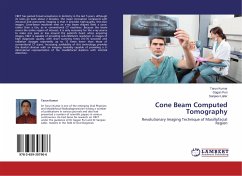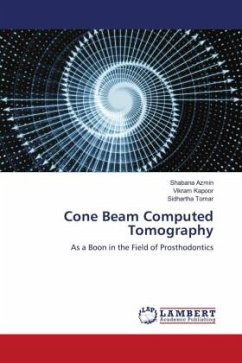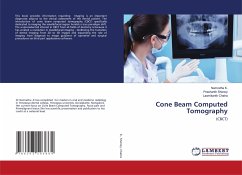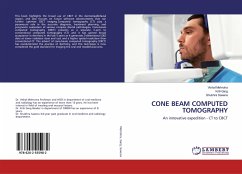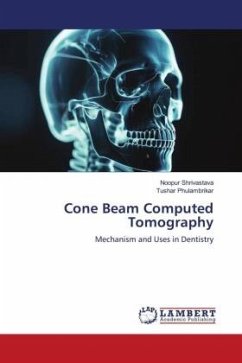CBCT has gained broad acceptance in dentistry in the last 5 years, although its roots go back about 2 decades. The major innovation compared with intraoral and panoramic imaging is that it provides high-quality, thin-slice images. Cone-beam machines emit an x-ray beam shaped liked a cone, rather than a fan, as in conventional CT machines. Because the beam covers the entire region of interest, it is only necessary for the x-ray source to make one pass or less around the patient's head, when acquiring images. CBCT is capable of providing sub-millimetre resolution in images of high diagnostic quality, with short scanning times (10-70 seconds) and radiation dosages reportedly up to 15 times lower than those of conventional CT scans. Increasing availability of this technology provides the dental clinician with an imaging modality capable of providing a 3-dimensional representation of the maxillofacial skeleton with minimal distortion.
Bitte wählen Sie Ihr Anliegen aus.
Rechnungen
Retourenschein anfordern
Bestellstatus
Storno

